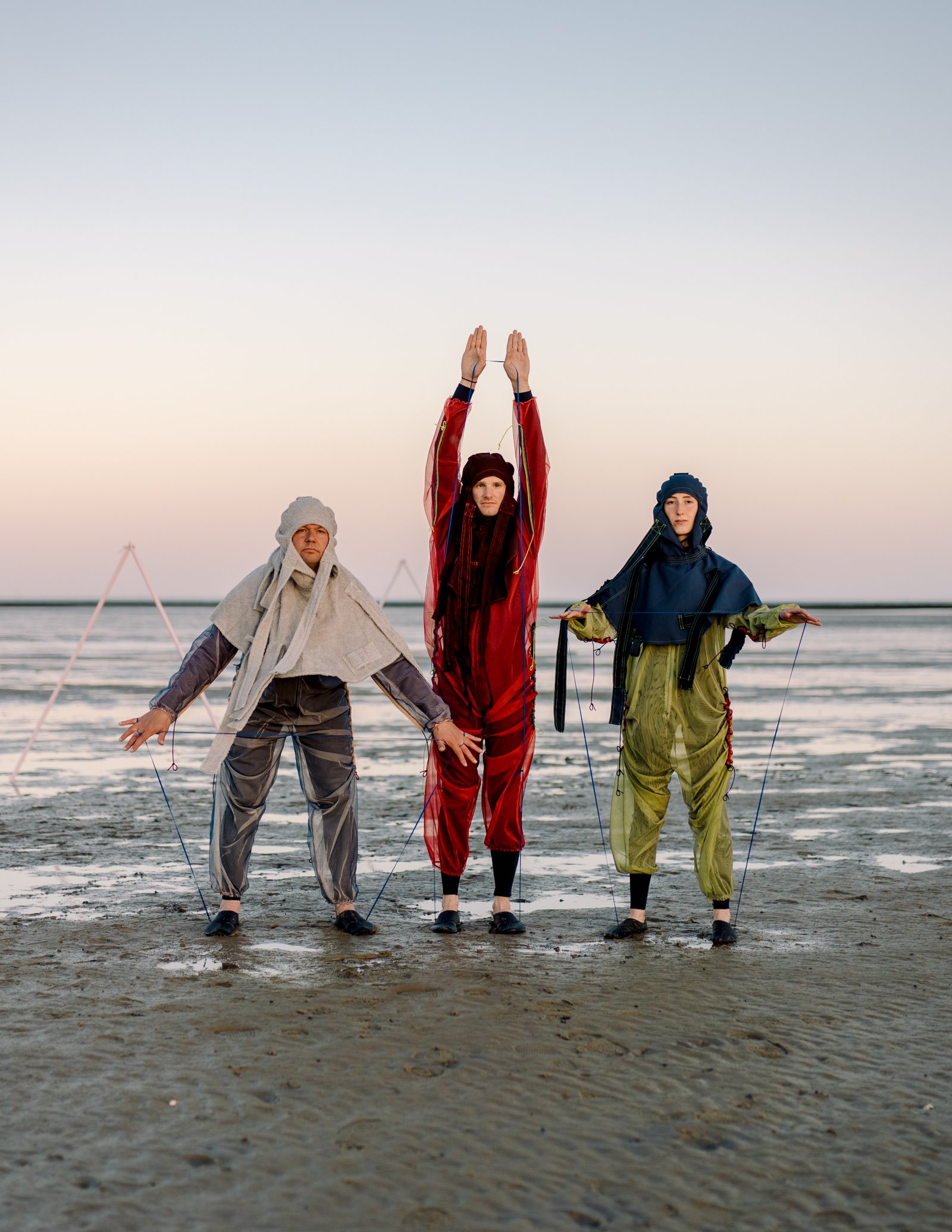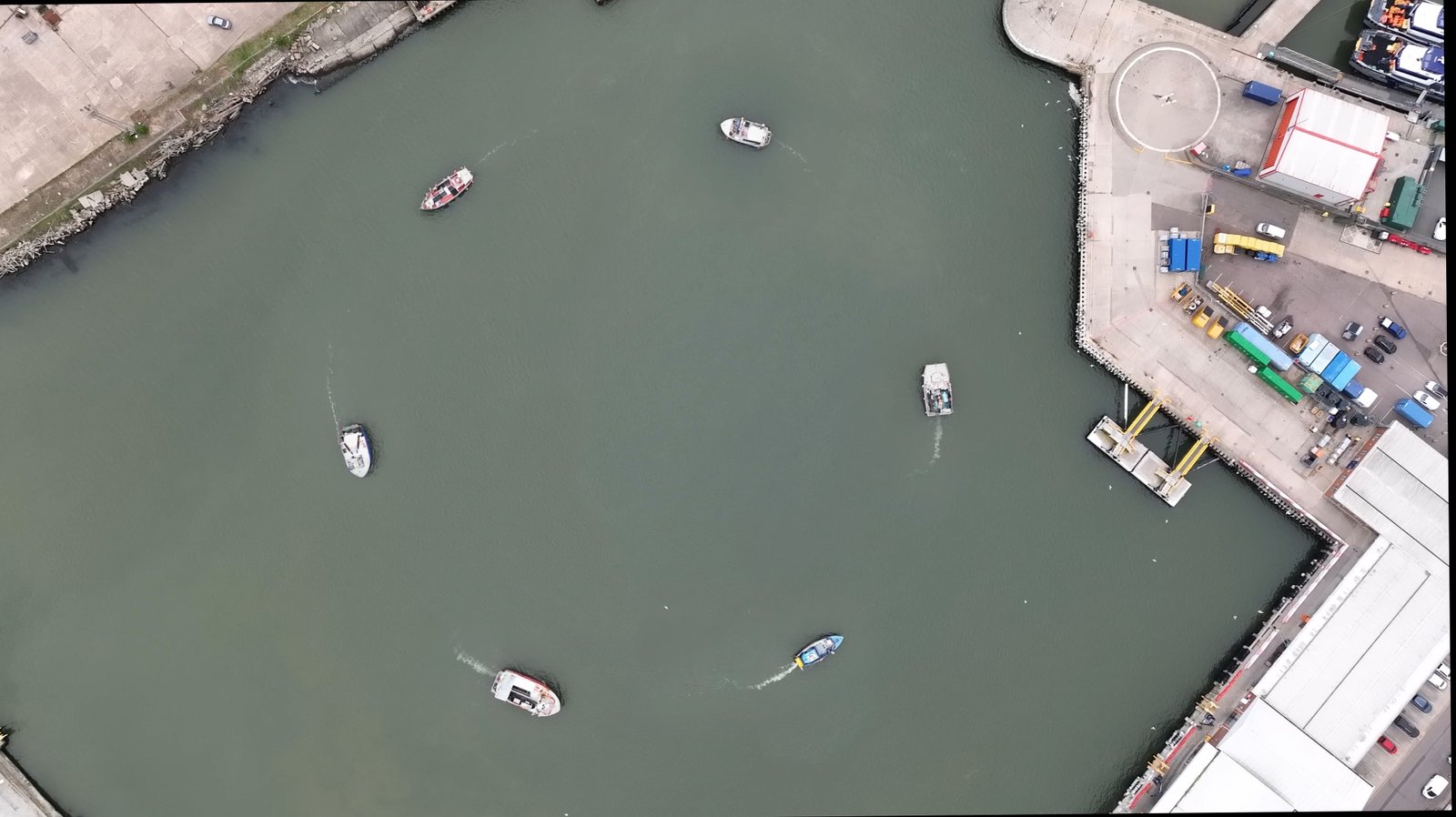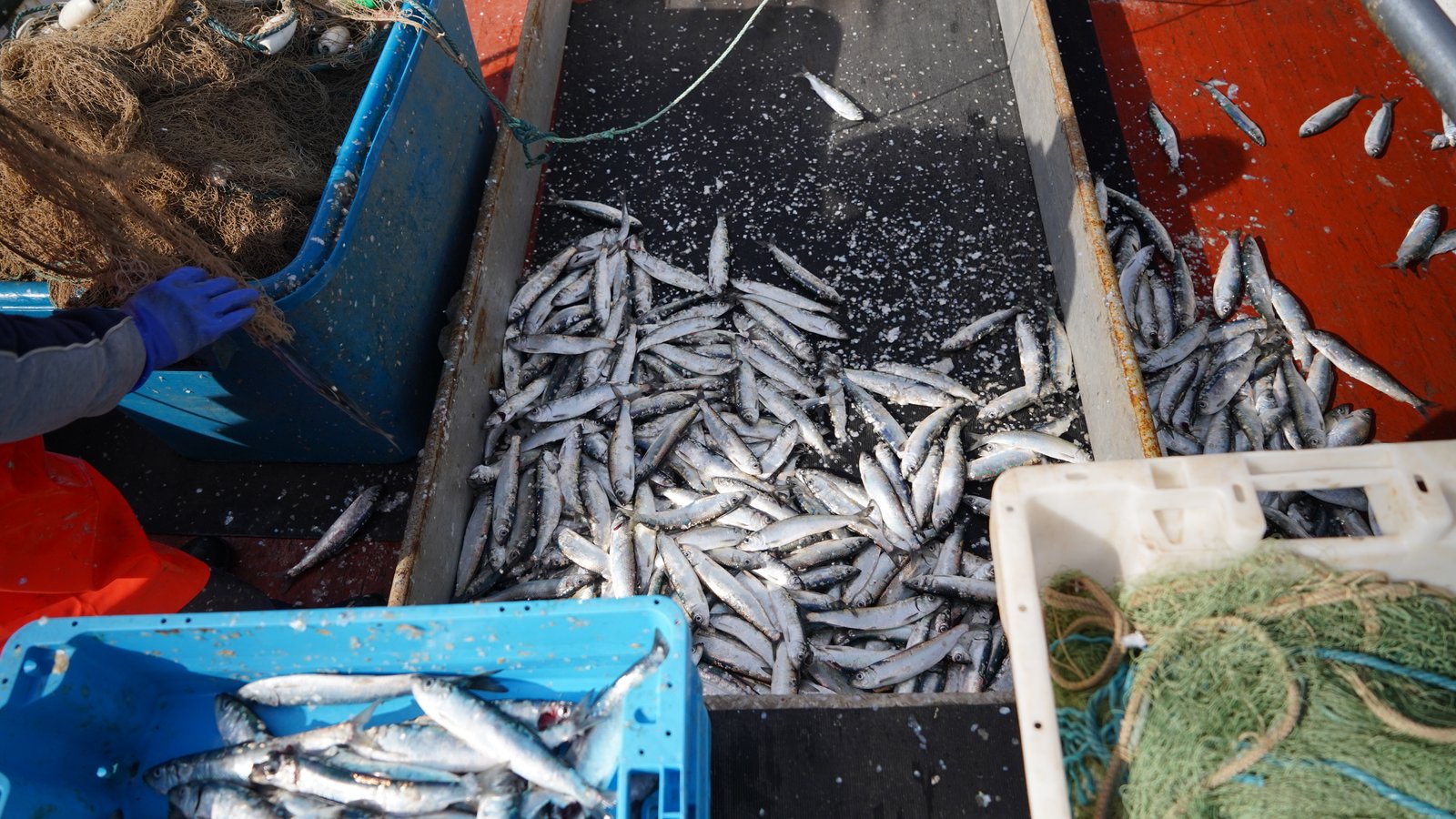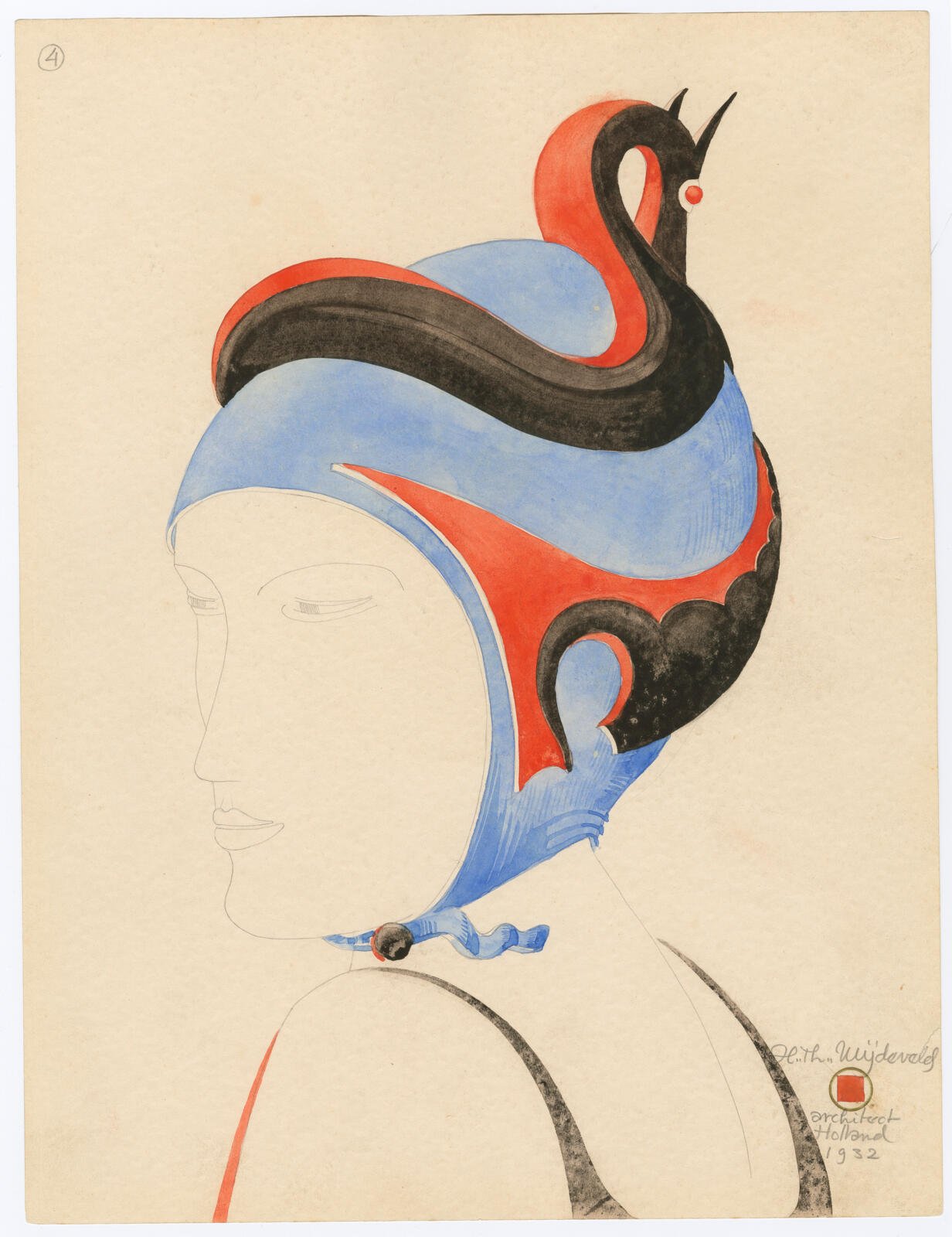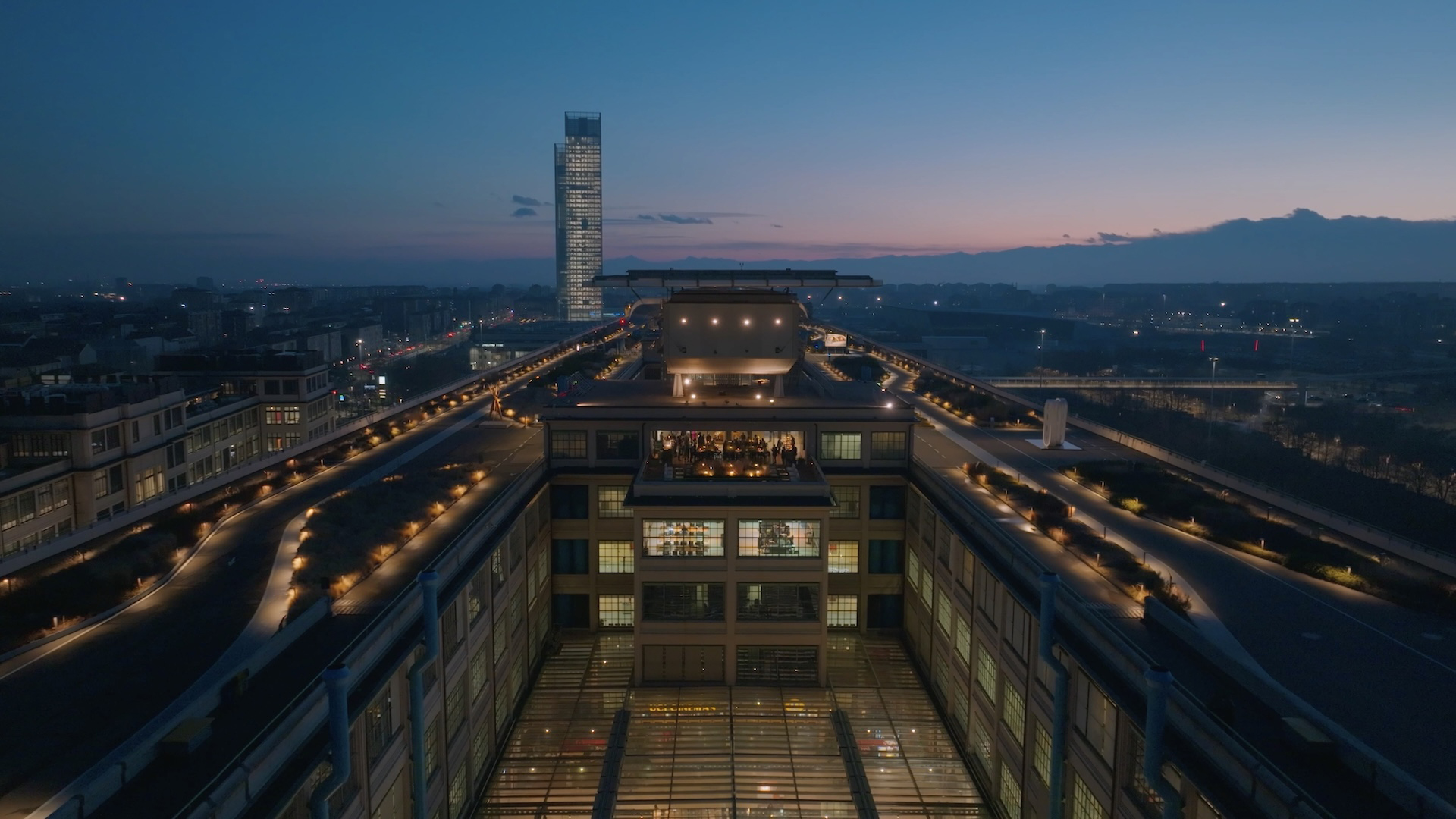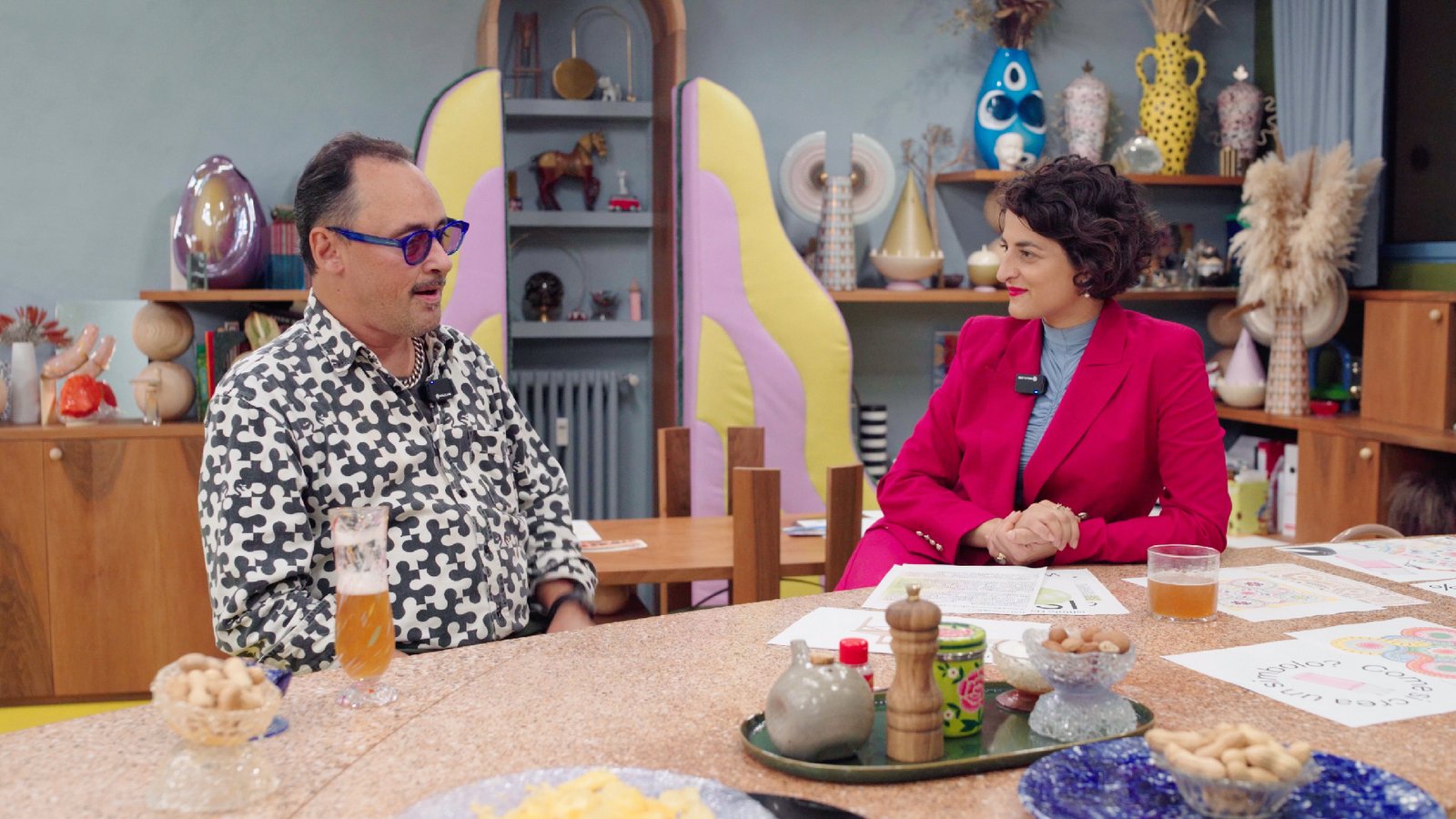
The Role of Art in the Fight Against Climate Change: An Interview with Ken Paranada
The Sainsbury Centre’s first Curator for Art and Climate Change shares how museums are transforming in the era of environmental crisis.
John Kenneth ‘Ken’ Paranada is the Sainsbury Centre’s first Curator for Art and Climate Change - a groundbreaking role at the UK’s first museum to link art and climate action formally. The Sainsbury Centre is a museum in the East of England and we spoke with Ken about how environmentalism has shaped his life from an early age and what curating in the age of climate change truly looks like.
Ken's concern for the environment started in childhood: "I was born and raised in the Philippines, and I grew up understanding climate change from a family of environmentalists. My parents worked for the Department of Environment of the Philippines. The concern I had when I was growing up was how to make capitalism sustainable. How do we regenerate all of these limited, finite resources on the planet to feed billions of people … It started when I was growing up and understanding how politics, visual culture, art, objects and architecture lead us to a particular understanding of the world around us”. These early reflections laid the foundation for a career where art, politics, and environmentalism intersect.
The environment was also the guiding light throughout his studies: “I specialised in Philippine history and culture, and that grew into the study of museums and culture, and I looked at how Philippine indigeneity was constructed by all the legacies of empire and colonisation … In today’s political climate, particularly within certain conservative circles, this kind of work would likely be classified as ‘woke’ because it's studying the legacy of injustices”.
“I moved to Paris for a course on the philosophy of nature, and the interdisciplinary understanding of how climate change impacts all of the landscapes across academic disciplines. It was about breaking the silos between nature and culture.” It dealt with “philosophical questions on how will climate change, reshape the human condition? How will it transform society in general and global politics? How will that affect life on the planet as a whole?”
He then studied in Zurich for a Master’s in Curating Social Practice, which “focused on turning these theoretical ideas into practice. What does that look like within an exhibition context? How do we curate a programme that generates discussions and inspires climate action? How do we make that more accessible, relatable and meaningful?”
Ken then moved to the UK, first to Goldsmiths University in London, where he studied Fine Art and Curating - his fourth degree. Being based in London allowed him to immerse himself in the London art scene, and he felt that London's multiculturalism and cosmopolitan nature allowed him to curate shows with a global outlook.
Working in London’s commercial gallery sector, he found it difficult to establish a niche focusing solely on climate change. He recognises the need to sell artwork, and works on climate change aren’t the easiest sell. He remarks, “Many London galleries veer away from climate change because they're aware that producing and transporting artworks is really carbon intensive.” He notes that this is starting to change, as seen by the gallery climate coalition, which is working to reduce galleries’ carbon footprints.
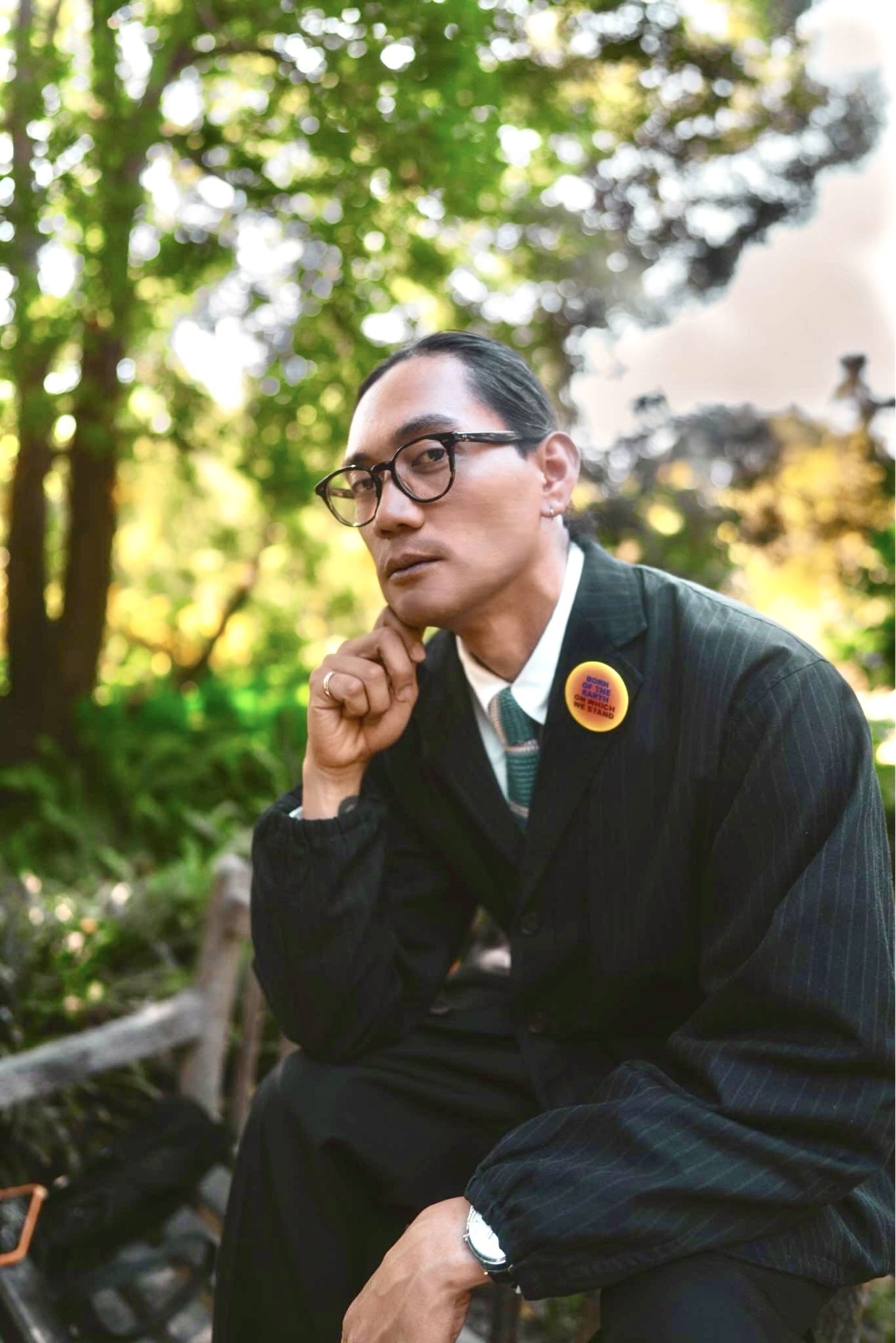 JK Paranada, photo by Blaine Valencia
JK Paranada, photo by Blaine Valencia
Lavorare al Sainsbury Centre
The role of curator of art and climate change was first advertised in 2022 by the Sainsbury Centre. It was initially titled ‘climate sciences’ as it was in collaboration with the Tyndall Centre for Climate Change Research, at the University of East Anglia - the Sainsbury Centre is also part of the university.
When Ken saw the role advertised, he thought, “Finally, the UK is leading this type of conversation on how art, culture and museums can be part of climate action, and how we could deliver the ambition of net zero … I think the museum is the interface for understanding why we need to transition and why we need to deliver on net zero for the future of the planet and humanity.”
As it’s a subject he’s passionate about, Ken applied for the job, and when asked about his vision for the role, he states, “It can't be doom and gloom. We want something to hold people, to let them know there is hope. We want to introduce a transhemispheric and bioregional approach to curatorial practice, exhibition-making and cultural production - one that helps articulate the shared and divergent geographical, cultural, and climatic realities across the globe. Anthropogenic climate change doesn't respect sovereign borders; we are all impacted by its effects, from north and south of the Equator to the east and west of the Prime Meridian. That is to say, collaboration across geopolitical boundaries is vital for inspiring resilience and climate action".
"We want to create this community of compassion and recognise each other's needs and those of the planet. It's creating a programme that is not intimidating, one that’s conceptual, but also accessible. We begin with the assumption that people bring their own knowledge and lived experience to the museum or to see an exhibition, and that many already hold an intuitive or partial understanding of these complex topics. Through this approach, the exhibition becomes a space for visualising shared feelings and ideas and a catalyst for dialogue around urgent, often overlooked environmental concerns buried beneath the noise of everyday life. We want the artworks they see to reflect this nuanced position, but also look at their relationship to historical artworks and our understanding of the world."
When asked about the broad scope of his role, Ken clarifies that it’s “a role specifically looking at the intersections of art and climate change and curating shows about this intersection. It’s about programming symposiums, activations, and artist residencies that consider climate action, regeneration, and sustainability. Ultimately, the work is about building shared pathways: inviting museums and heritage spaces to become catalysts for collective care, advocates for peace and democracy, mutual prosperity, resilient communities, and a more hopeful, regenerative future.”
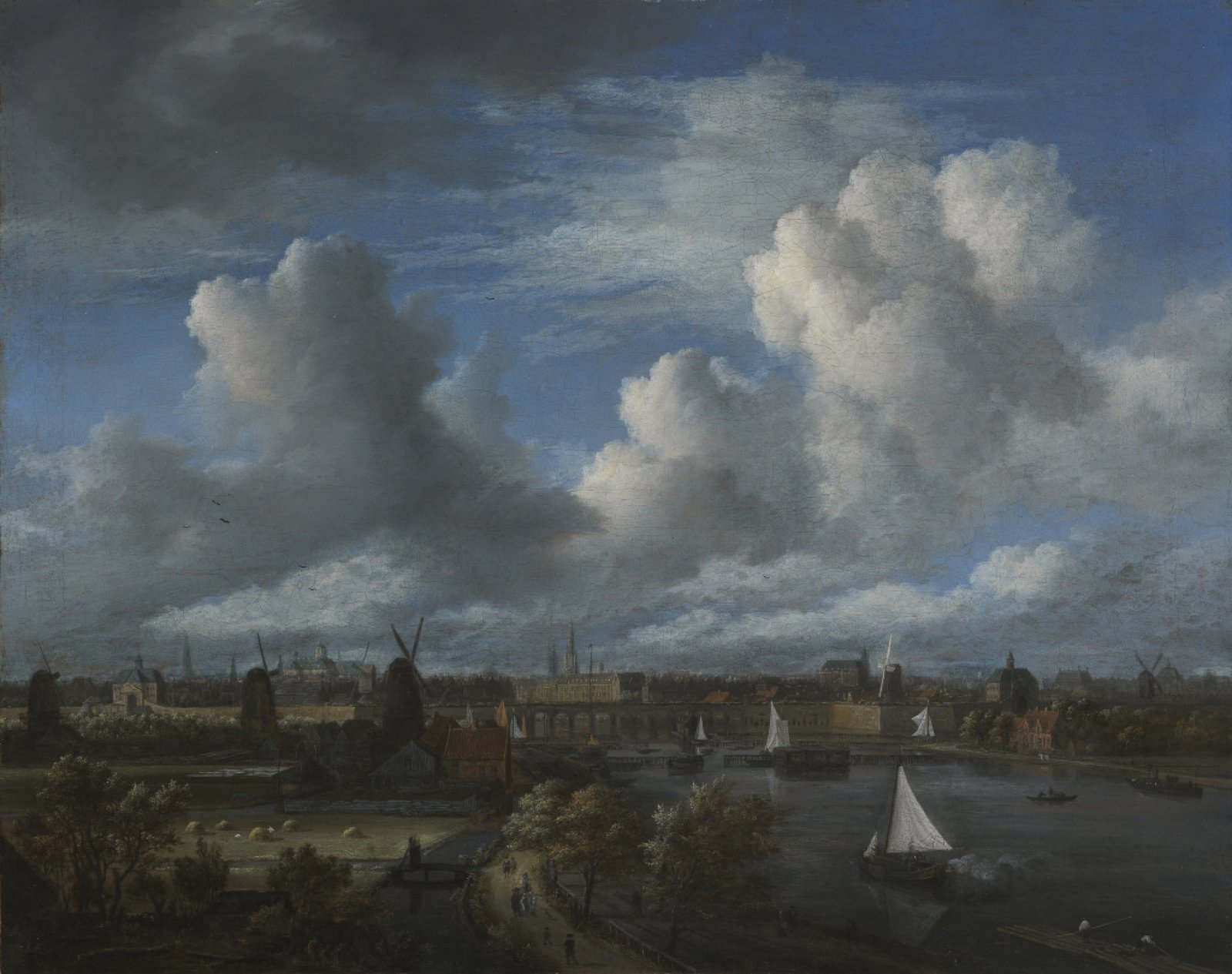 Jacob van Ruisdael, Panoramic view on the Amstel looking towards Amsterdam. Oil on canvas, height 52.1 cm, width 66.1 cm. Photo copyright: The Fitzwilliam Museum, University of Cambridge
Jacob van Ruisdael, Panoramic view on the Amstel looking towards Amsterdam. Oil on canvas, height 52.1 cm, width 66.1 cm. Photo copyright: The Fitzwilliam Museum, University of Cambridge
«The topic of our past season was ‘Why Do We Take Drugs?’ Ivan Morison was an artist in residence. His sculptures were made of organic materials sourced from farmers in East Anglia who are at the radical forefront of sustainable farming, moving us away from pesticides and chemical ‘drugging’ of the land. The idea is that his pieces become fertiliser for the earth after their run as artwork. It’s about looking at new materials in the 21st century, instead of continuing the traditional practice of casting amazing sculptures out of bronze and other precious minerals that many sculptors use. Part of my job description as an art and climate change curator is to introduce new ideas and experimental frameworks on how we could reshape the future aesthetics, materiality and societal value of art and the conversations that will follow».
The current exhibition
In the ongoing A World of Water exhibition, Dutch paintings from the 17th century dialogue with those painted in Norwich to show how coastlines on both sides of the North Sea have changed over time - the same shorelines that will be at risk if sea levels rise as forecast.
He adds, “We approached it with the belief that water is not merely a subject or a resource, but a living dynamic force. It shapes our ecologies, informs our culture and influences our futures. We explored the history of Norfolk, East Anglia, and the North Sea to see how water connects us across time and place.
The exhibition also provided an opportunity to reflect on John Tyndall’s Forms of Water: Clouds & Rivers, Ice & Glaciers (1872), marking the 25th anniversary of the Tyndall Centre for Climate Change Research. For context, Tyndall was a 19th-century physicist and one of the earliest scientists to identify the ‘greenhouse effect’. His work laid the foundations for modern climate science and our understanding of atmospheric systems”.
“We wanted the exhibition to feel expansive - a space where people could bring their own understanding of the sea. In that way, the exhibition becomes a buffet of ideas and artworks where people can see themselves reflected in those stories”.
Ken adds, “We want to show visitors the landscapes, windmills and heritage sites that will be flooded, as Norfolk is one of the places in the UK that will be affected by sea-level rise and coastal erosion. It's a process that’s happening now”. Ken says it’s also about looking forward to how agriculture may evolve using seawater or brackish water instead of the freshwater used today.
“Our artist in residence programme for this season is about connecting with coastal communities in the UK and the Netherlands, bringing art to those communities and not just art in the Sainsbury Centre”.
Each artist brings a “different visual language and their work is a conversation starter. It unlocks our understanding of the sea, the ocean and people. It's scary because it's so vast, but for some people, it's a refuge because the land they're coming from doesn't want them, and they see the sea as an opportunity for better lives. Different artists give us different ideas and stories”.
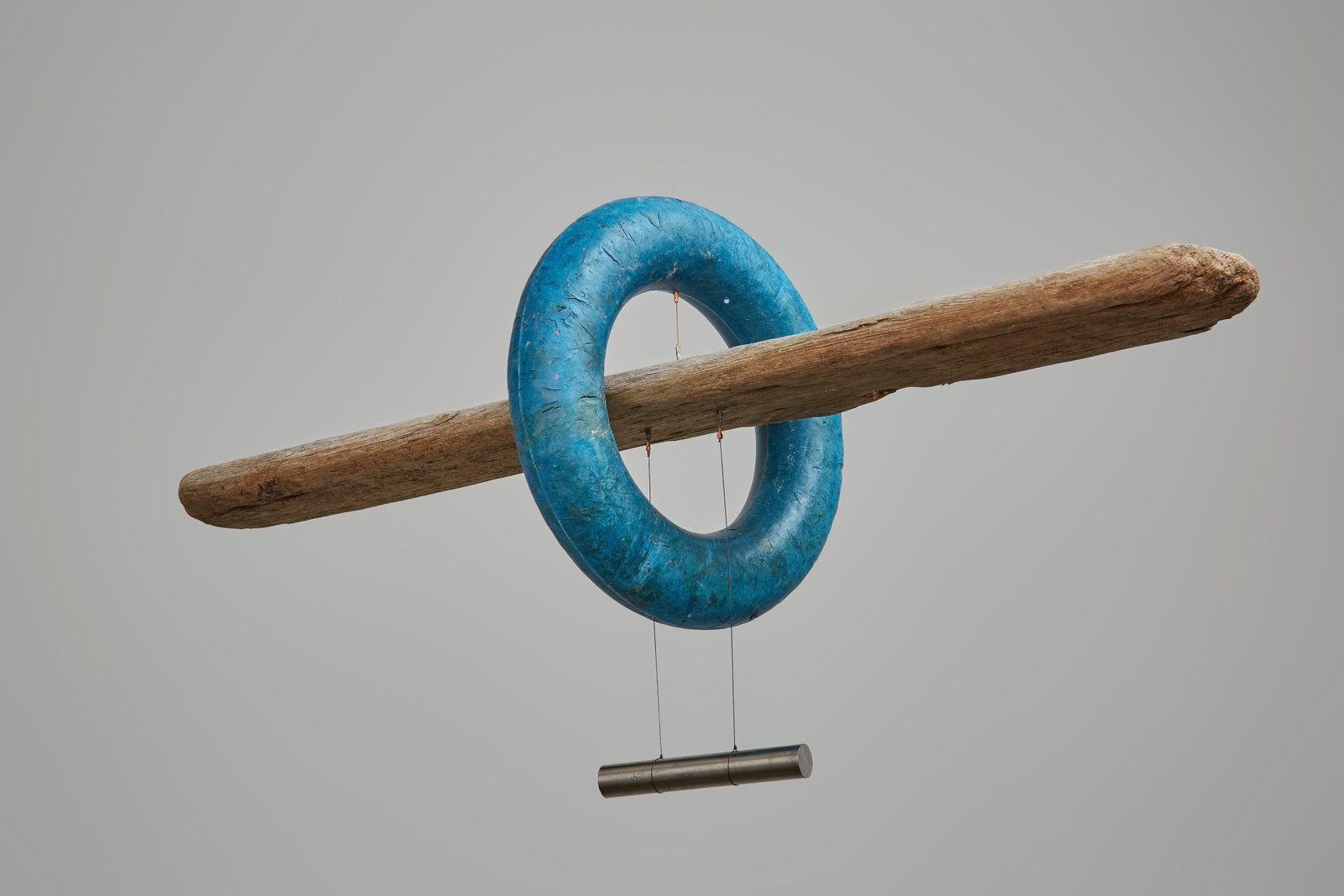 Olafur Eliasson, Shore compass (2:00, blue), 2018; Installation view: i8 Gallery, Reykjavík; Photo: Vigfús Birgisson; Courtesy of the artist; i8 gallery, Reykjavik; © 2018 Olafur Eliasson
Olafur Eliasson, Shore compass (2:00, blue), 2018; Installation view: i8 Gallery, Reykjavík; Photo: Vigfús Birgisson; Courtesy of the artist; i8 gallery, Reykjavik; © 2018 Olafur Eliasson
He wants each exhibition to balance artists with a powerful point to make with others, who offer space for reflection and audience conclusions. In A World of Water, Ken expands, “You have calm works, but then you also have activist works that say stop extracting the planet … it's what makes a great exhibition, at least for me. Different ideas challenge dominant narratives of extraction and control, instead offering practices of care, resilience, and reimagining.”
Climate-conscious behaviour
When we ask Ken about balancing being an informed curator, visiting artists and institutions in different countries, and minimising his carbon footprint, he admits it’s tricky. “The art world needs to create connections between places … meeting someone in real life and having that connection and real-life experience is better than screens”. While he acknowledges the need to travel by train and use Zoom where possible, he confesses that more profound systemic changes and technologies, such as electric planes, are what will likely have a real impact.
Ken notes that many curators are engaging with climate change within museums and galleries worldwide - a slow but meaningful expansion of the field. These include Jenny Newell at the Australian Museum and Soren Brothers at the Royal Ontario Museum, as well as curators focusing on Sustainability, Ecologies and the Anthropocene, such as Nicole Heller at Carnegie Museum of Natural History, Kelsey Shell of the Museum of Contemporary Art Los Angeles, Francesca Du Brock of Anchorage Museum, Chris Hobbs of the Bishop Museum, Glenn Sutter of the Royal Saskatchewan Museum, Marleen Boschen at Tate Modern and Lucia Pietroiusti of the Serpentine Galleries.
He adds that this emerging network allows them to “share best practices, research insights, and strategies that have worked in their institutions - whether in reducing waste, fostering interdisciplinary and collaborative programmes, or reducing their carbon footprint.”
Ken states, “The heart of the museum’s vision is innovation. How can museums be relevant in the 21st century? What are the things we need to address to make that happen?” These are essential questions, and a response to climate change will be part of that answer. It’s Ken’s job to ensure that it’s worked into every element of the museum’s activities, and he’s got the expertise and passion to take this challenge on.
‘Can the Seas Survive Us?’ at the Sainsbury Centre runs until 26 October
Cover Image: Julian Charrière, Midnight Zone, 2024. Copyright the artist, VG Bild-Kunst, Bonn, Germany
Tabish Khan is an art critic specialising in London's art scene and he believes passionately in making art accessible to everyone. He visits and writes about hundreds of exhibitions a year covering everything from the major blockbusters to the emerging art scene.
He writes for multiple publications, and has appeared many times on television, radio and podcasts to discuss art news and exhibitions.
Tabish is a trustee of ArtCan, a non-profit arts organisation that supports artists through profile raising activities and exhibitions. He is also a trustee of the prestigious City & Guilds London Art School and Discerning Eye, which hosts an annual exhibition featuring hundreds of works. He is a critical friend of UP projects who bring world class artists out of the gallery and into public spaces.
